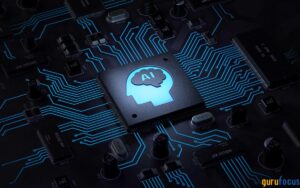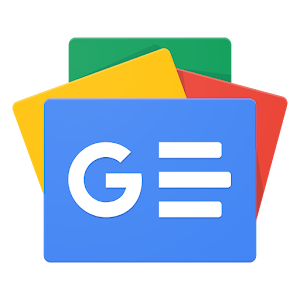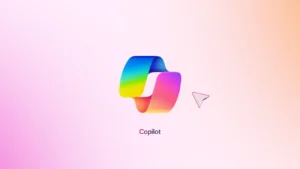DeepSeek’s AI Style Aligns with ChatGPT 74% of the Time—Recent Research

DeepSeek’s Unexpected Connection to OpenAI’s ChatGPT
A recent study conducted by the AI detection firm Copyleaks has uncovered that a striking 74.2% of the text generated by DeepSeek closely resembles the stylistic characteristics of OpenAI’s ChatGPT. This suggests that DeepSeek may have utilized outputs from OpenAI’s models during its own training process. In the tech world, such findings could have significant implications, impacting intellectual property rights, AI regulations, and the development of future AI technologies.
How the Study Was Conducted
Copyleaks employed specialized screening technology and algorithm classifiers designed to detect stylistic fingerprints of written text produced by various AI models. In addition to OpenAI’s ChatGPT, the study analyzed outputs from models including Claude, Gemini, Llama, and DeepSeek itself. The classifiers were structured to minimize false positives, ensuring the precision of the results.
Interestingly, while other models could be easily differentiated based on their unique writing styles, a large number of DeepSeek’s outputs were identified as coming from OpenAI’s models. Shai Nisan, Copyleaks’ Head of Data Science, likened the research to a handwriting analyst comparing different writing styles to determine an author’s identity. The results have raised eyebrows due to their surprising nature and significance.
Questions About DeepSeek’s Training Data
Nisan emphasizes that the similarities highlighted in the study provide vital questions regarding DeepSeek’s training data. If DeepSeek did indeed leverage outputs from OpenAI without permission, it raises concerns about the ethical implications of its development process. While the findings do not definitively prove that DeepSeek is derivative of OpenAI’s models, they suggest a close relationship that warrants further investigation into DeepSeek’s architecture and methodologies.
Potential Intellectual Property Concerns
If it turns out that DeepSeek used text generated by OpenAI improperly, it could constitute a severe infringement of intellectual property rights. Such a scenario raises questions about compliance with OpenAI’s terms of service and privacy standards. The ongoing concerns about transparency in the AI industry only magnify these issues, highlighting the urgent need for regulatory frameworks that enforce the disclosure of training datasets.
Nisan points out that transparency and strong protections for intellectual property are crucial as AI technologies continue to evolve. It is likely that future regulations will require companies to provide detailed information on the datasets and outputs that inform their AI models.
The Legal Landscape of AI
The situation also sheds light on the complex legal environment surrounding AI technologies. While OpenAI has faced scrutiny for using vast amounts of information from the internet for training its models without explicit permissions, DeepSeek’s mirrored style introduces an additional layer of complexity. This scenario highlights a potential loophole in existing intellectual property laws, where AI can "learn" from one another without legal repercussions.
Despite the effectiveness of stylistic fingerprinting in identifying potential unauthorized uses of AI models, these findings alone may not serve as strong legal evidence. However, they may encourage efforts to define clearer intellectual property rights and regulatory standards specific to AI training and development.
DeepSeek’s Stylistic Similarity: A Statistical Analysis
Some critics of the Copyleaks findings argue that the observed similarities might stem from both DeepSeek and OpenAI relying on similar overlapping datasets during their training. However, the study’s rigorous methodology supports the idea that these similarities likely stem from deeper structural or training correlations rather than merely dataset overlap.
Nisan asserts that variations in AI training approaches such as architecture, fine-tuning methods, and generation techniques contribute to each model’s unique writing style. This reinforces the suggestion that the pronounced similarities between DeepSeek and OpenAI are far from coincidental.
The Future of AI and Regulatory Standards
As AI continues to integrate into daily life, the pressing need for clearer guidelines on intellectual property and ethical standards becomes increasingly important. Whether DeepSeek’s outputs were influenced by OpenAI’s models remains an open question. However, the implications of this study serve as a catalyst for discussions on the future of AI development and the necessity for stringent regulations. The complexities surrounding the relationship between AI models underscore the need for ongoing dialogue and investigation into the ethical use of training data in AI technologies.






